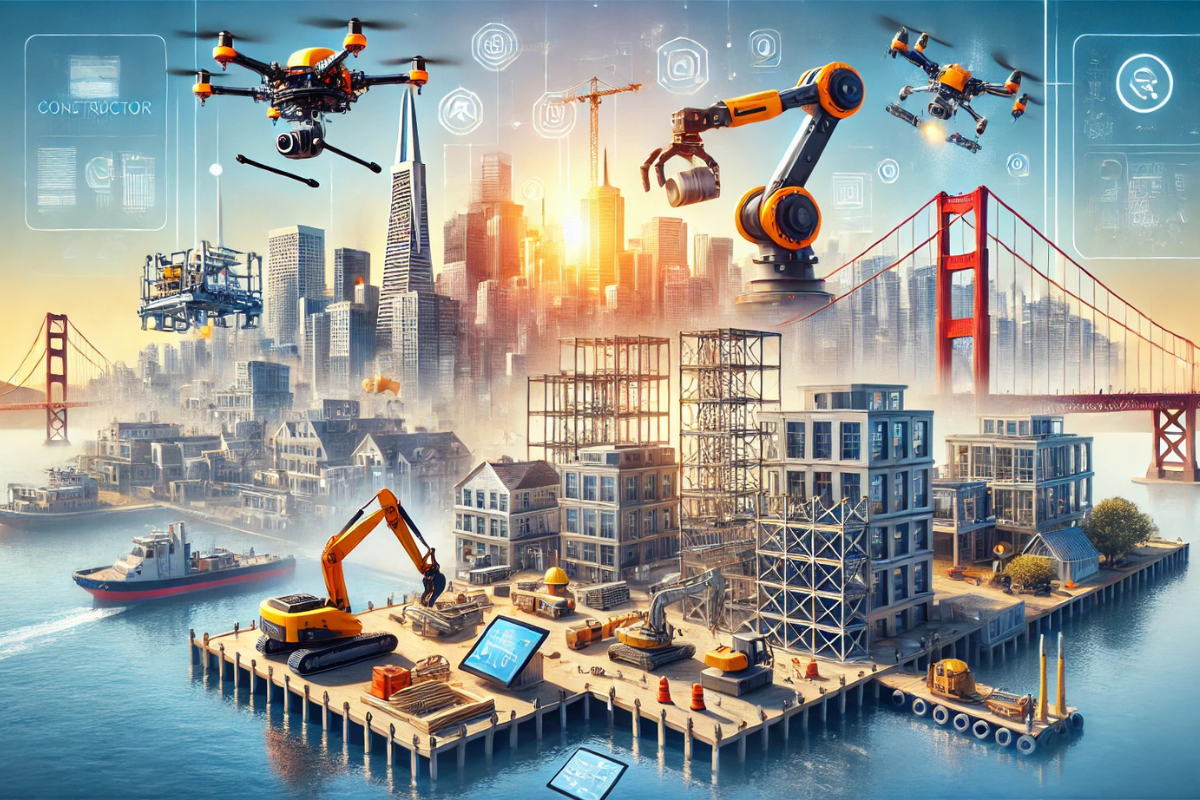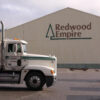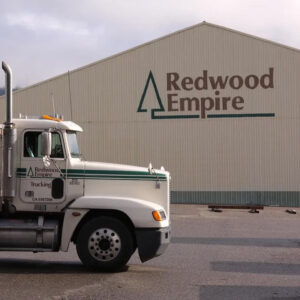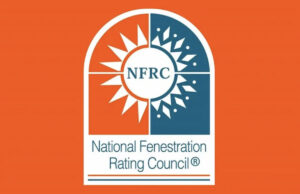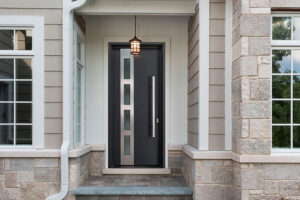As we step into 2025, the landscape of construction in East Bay, San Francisco, is continuously evolving, driven by technological advancements, environmental sustainability, and shifting market demands. For builders and contractors aiming to stay at the forefront of this dynamic industry, having the right tools and supplies is not just an advantage—it’s a necessity.
Here, we delve into the top five contractor supplies that are essential for every builder in 2025, offering practical solutions and addressing common queries in a conversational tone that mirrors modern search behaviors.
The Top 5 Contractor Supplies Every Builder Needs in 2025
1. High-Performance Building Materials
What are high-performance building materials?
These materials are engineered to offer superior durability, efficiency, and environmental sustainability. They include advanced composites, recycled and upcycled materials, and products specifically designed to minimize environmental impact while maximizing performance.
Why are these contractor supplies essential for builders in East Bay?
Given East Bay’s commitment to sustainability and the increasing regulatory focus on green building practices, these materials help builders meet both legal requirements and client expectations for energy-efficient, eco-friendly construction.
How to choose the right high-performance materials?
Select materials that have proven longevity and sustainability certifications like LEED or Energy Star ratings. Also, consider materials that are locally sourced to reduce transportation emissions and support the local economy.
2. Smart Construction Technology
What constitutes smart construction technology?
This includes IoT-enabled tools, wearable technology for workers (such as exoskeletons and augmented reality headsets), and drones for aerial site surveys. These technologies streamline various construction processes, from planning to execution.
Why is this technology becoming essential?
In East Bay’s competitive construction market, leveraging technology can significantly enhance efficiency, improve safety, and reduce costs. It also allows for precision in tasks like surveying and inspections, which are crucial in dense urban environments.
How to implement this technology effectively?
Start with a technology audit to determine what will most benefit your specific operations. Training and continuous learning are key, as is choosing scalable solutions that can grow with your business.
3. Modular and Prefabricated Components
What are modular and prefabricated components?
These are components built in a controlled factory setting and then transported to the construction site for quick assembly. They can range from entire rooms or floors to smaller structural elements.
Why should builders in East Bay invest in these components?
The controlled environment of a factory allows for higher precision and quality control, which is crucial in areas like East Bay where construction timelines are tight. Additionally, these methods can significantly reduce waste—a big plus for sustainable building practices.
How to choose and use these components?
Work with reputable manufacturers and ensure the components are customizable to meet the specific demands of your projects. Coordination with all project stakeholders is crucial to ensure seamless integration on-site.
4. Enhanced Safety Equipment
What is considered enhanced safety equipment?
Beyond traditional safety gear, enhanced equipment includes advanced harness systems, smart helmets with built-in communication and health monitoring, and materials that are inherently safer and easier to work with.
Why is enhanced safety equipment important?
Safety remains a paramount concern in construction. Enhanced equipment not only protects workers but also improves overall site efficiency by reducing downtime caused by accidents.
How to integrate enhanced safety measures?
Adopt a culture of safety-first across all operations, provide regular training, and keep abreast of innovations in safety technology that could benefit your projects.
5. Eco-Friendly Insulation and Sealants
What are eco-friendly insulation and sealants?
These are products designed to provide excellent thermal performance and air sealing, made from sustainable or recycled materials that have a lower environmental impact than traditional options.
Why are these products critical for builders in 2025?
As energy efficiency regulations become stricter and more clients demand green homes, using eco-friendly insulation and sealants can help meet these demands effectively.
How to select and apply these products?
Choose products with low VOC emissions and those that are made from renewable resources. Proper installation is key to maximizing their effectiveness, so consider training or hiring specialists for this task.
Conclusion
Looking ahead to 2025, builders in East Bay need to equip themselves with supplies that not only meet the demands of modern construction but also align with broader environmental and technological trends. From advanced materials and smart technology to modular components and eco-friendly options, these top supplies will help you build smarter, safer, and more sustainably. Embracing these tools and materials will ensure that your projects stand out in the competitive East Bay construction landscape.


